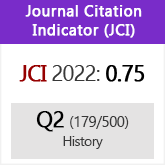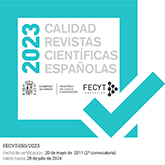El desarrollo de la trashumancia y los orígenes medievales de la cuadrilla mesteña soriana
DOI:
https://doi.org/10.3989/hispania.2004.v64.i218.179Keywords:
Mesta, Castile, Soria, Transhumance, Wool trade, Late Middle AgesAbstract
This article is a contribution to the history of the transhumance and the Mesta, focusing on the region comprised by the one of the Mesta's four districts: Soria, a district enjoying certain rights of precedence in this institution. The author shows that the activity of transhumant ranching developed early in this region, in particular in its mountainous sector, not only in seigneurial territories like Yanguas, but also in royal territories like Soria. Until the fifteenth century, transhumance was basically an activity designed to ensure the subsistence of peasant families living in territories unsuitable for agriculture. But from the beginning of the fifteenth century, as a consequence of the sudden increase in the international demand for wool, it increasingly engaged in speculation, stimulating both social mobility and the development of a group of big sheep-owning families who largely monopolized transhumant livestock until the beginning of the nineteenth century.
Downloads
Download data is not yet available.
Downloads
Published
2004-12-30
How to Cite
Diago Hernando, M. (2004). El desarrollo de la trashumancia y los orígenes medievales de la cuadrilla mesteña soriana. Hispania, 64(218), 1045–1078. https://doi.org/10.3989/hispania.2004.v64.i218.179
Issue
Section
Studies
License
Copyright (c) 2004 Consejo Superior de Investigaciones Científicas (CSIC)

This work is licensed under a Creative Commons Attribution 4.0 International License.
© CSIC. Manuscripts published in both the printed and online versions of this Journal are the property of Consejo Superior de Investigaciones Científicas, and quoting this source is a requirement for any partial or full reproduction.All contents of this electronic edition, except where otherwise noted, are distributed under a “Creative Commons Attribution 4.0 International” (CC BY 4.0) License. You may read here the basic information and the legal text of the license. The indication of the CC BY 4.0 License must be expressly stated in this way when necessary.
Self-archiving in repositories, personal webpages or similar, of any version other than the published by the Editor, is not allowed.














